May 2024
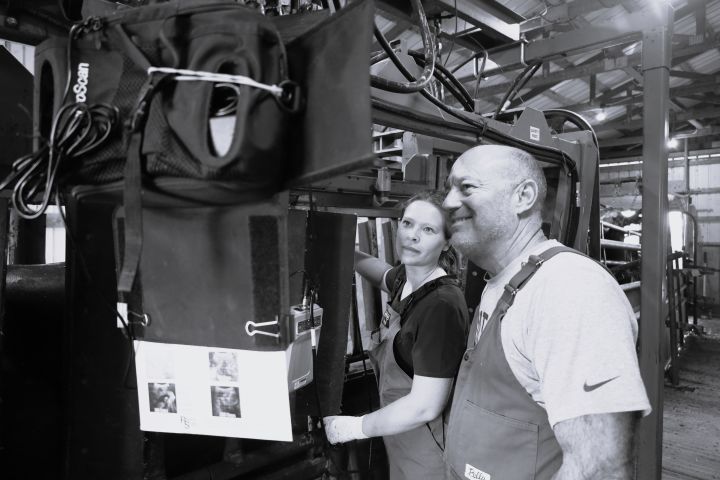
Our Training Courses are Calling Your Name!
At ReproScan, we are firm believers in hands-on learning. We recognize that the most effective way to master ultrasound skills is by guiding each participant through every step of the process by going through the basics and then offering them the chance to actively utilize their skills under the close guidance of an experienced instructor by their side. Plus, with these courses being RACE approved, you will also receive 9 CE credits

Equine Uterine Cyst Captured by the Flexx
ReproScan’s Flexx ultrasound is no stranger to capturing unique scans on any type of specie, but this one was particularly interesting. We scanned this mare during our most recent Benchmark Animal Hospital ultrasound training. Dr. Lisa Mauzerall from Benchmark Animal Hospital in Perkins, Oklahoma does a wonderful job by walking us through what she is seeing during this equine scan. Let us know what you think!

Know What to Expect Next Calving Season
May marks the end of typical spring calving season, and maybe, for you, it was a dream, a breeze, similar relaxation levels to a tropical vacation. But maybe it wasn’t. Maybe heifers started calving a month before you expected, or your AI rates were vastly underwhelming. Maybe you had 3 more sets of twins than you were expecting, resulting in multiple c-sections, or far more opens than last year. Or did you have a group that you fed all winter long that showed up open?
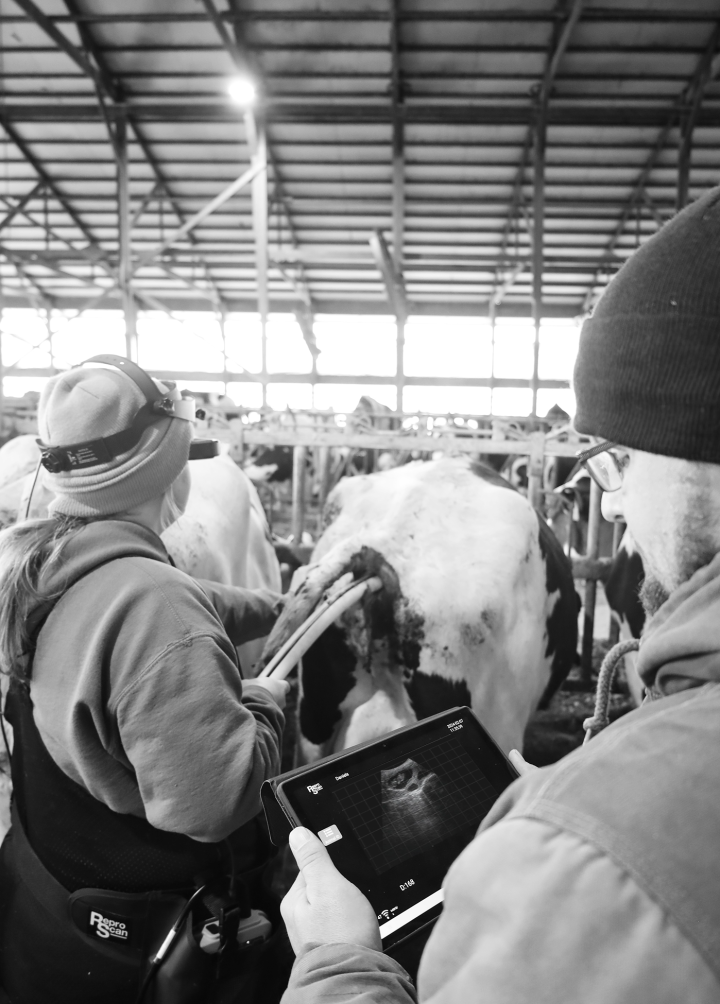
May Markdown Sale is Happening Now!
Don’t Miss Out on These Savings!
Spring has sprung around here, and with it, our May Sale- May MarkDown. From May 6-17th, you can get 10% off of all new ultrasound packages, including the Apexx Curve and Apexx Linear packages! This is the first time these units have gone on sale since they hit the market. If you’ve had your eye on one, now is the time to buy!
Whether you’re looking to upgrade your ultrasound unit, purchase a back-up unit, or start using ultrasound technology for the first time- the May MarkDown Sale is not one you’re going to want to miss. Give us a call at 877-890-2411 to get a quote on a new unit today!
December 2023
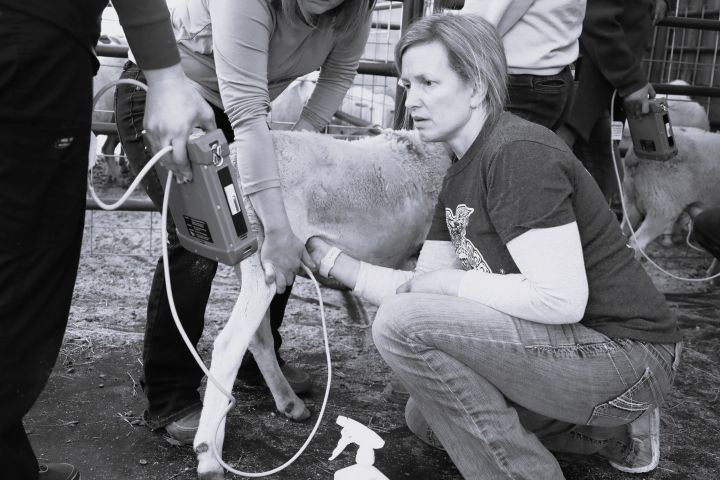
December is Flexx Fest!
We can’t believe it is that time of year again, but Flexx Fest is finally here! This sale is designed to support our rural-mixed animal vet clinics by providing a versatile ultrasound machine at an affordable price. Therefore, resulting in increased flexibility when serving your clients. During the month of December, get 2 FREE probes with a purchase of a new Flexx package.
But why the Flexx?
The Flexx is called the “Everyday Ultrasound” for a reason. It is meant to be flexible with every patient you may encounter. The Flexx ultrasound offers 5 different probe options, a built-in monitor, and several other features. So whether it is preg checking cattle, liver scans on a dog, or even diagnosing equine pneumonia, the Flexx has you covered. This portable and durable machine is made to keep up with you both in-clinic and on-farm. Take a look at each species application page to see how the Flexx can work for you.

Elle's Christmas Letter
Merry Christmas and Happy New Year!
It has been such a joy to serve you this year! We very much appreciate your business with ReproScan. When people ask me what I enjoy about working with ReproScan, I always say three things:
1. We have the BEST customers!
I know I speak for the entire ReproScan team when I say this, we love hearing about how your clinics are doing, learning about how your businesses have changed, and watching your families grow. The demos, the trainings and the on-site visits are typically the highlights.

Deep Body Scans - What You Need to Know
It is that time of year: as the days get shorter and we move away from beautiful fall days of preg checking 45-day fetuses, our phones begin to ring with questions about scanning long-bred pregnancies. Preg checking near the end of the year often ensures that you will run into long-bred and/or deep-bodied cows, and each of these circumstances presents a challenge. One feature that ReproScan offers that may help with these challenging scans are the pre-set exams on each machine. These exams have been set based on thousands of scans in all stages of pregnancy. We pride ourselves in testing these scans out in the field, not just in the office. Toggle through these pre-set exams by hitting the “Exam” button on your machine to see which one fits best for you.
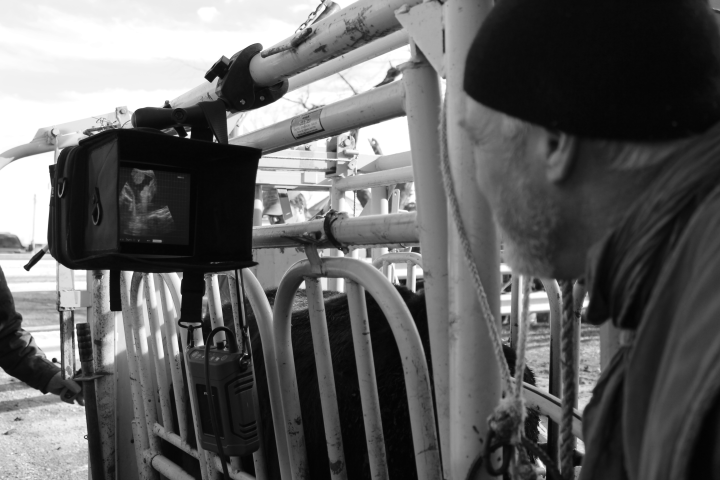
Tips for Storing Your Machine this Winter
Frigid temperatures are the normal in Iowa at this time of year, and maybe they are in your region too! If so, we have some helpful tips and tricks when it comes to storing your ultrasound machine in the upcoming colder months. Or maybe you are lucky enough to live in a region where it doesn’t get below freezing, and if that’s the case, we are jealous! But you can also apply these suggestions when you are giving your ultrasound a rest during your slow season.
August 2023
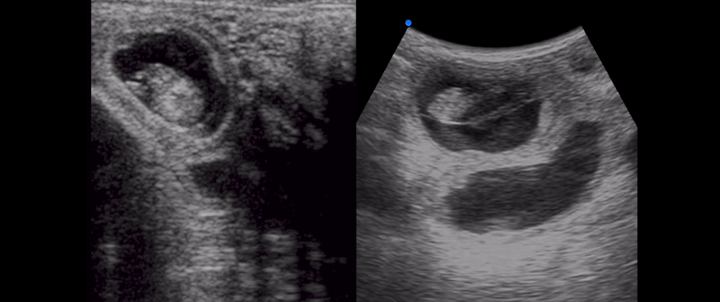
Convex vs Linear- Which Probe is Right for You?
One of the most frequently asked questions that we get is, “What is the difference between a convex rectal and linear rectal probe?” At ReproScan, we strive to have you set up for success, and in doing so, we want to help you select the probe that will best fit your needs.
Our linear probe features a high frequency image but shoots a shallower image than our convex probe. Our linear probes have a depth of up to 16 cm, dependent on your machine, but most common settings are between 8-9 cm deep. This probe is ideal for pregging short breds or identifying ovarian structures, as the detailing gives you a very detailed image. The more detailed nature of the linear probe also makes it ideal for equine applications. The linear probe only shoots an area about the size of a credit card. This lack of depth can mean that longer pregnancies are easier to miss, especially if they are over the pelvic brim. Fetal aging can also be a challenge, once the pregnancies are over 90 days, as it can be difficult to get a fetal measurement into the viewing window.
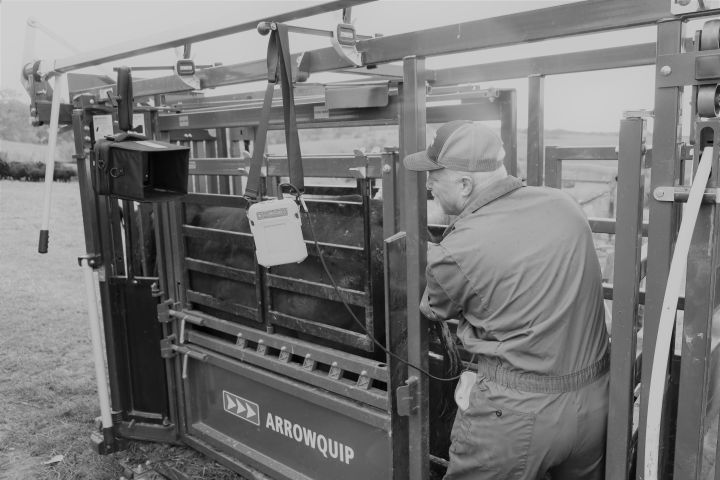
Take a Look at the Apexx Curve!
We are excited to announce the launch of our new product, the Apexx. With improved image quality, Wi-Fi capabilities, and multiple device compatibility, the Apexx was designed to elevate your ultrasound experience. The Apexx is a fixed-probe unit with either a convex or a linear probe, ready for rapid deployment in the dairy or beef setting.
The Apexx features the same rugged durability that you’ve come to know and love from ReproScan equipment. The machine has an interchangeable battery, allowing you to work all day without a charging break. The ergonomic design can easily be hung from a chute or placed in a waistbag, depending on your needs.